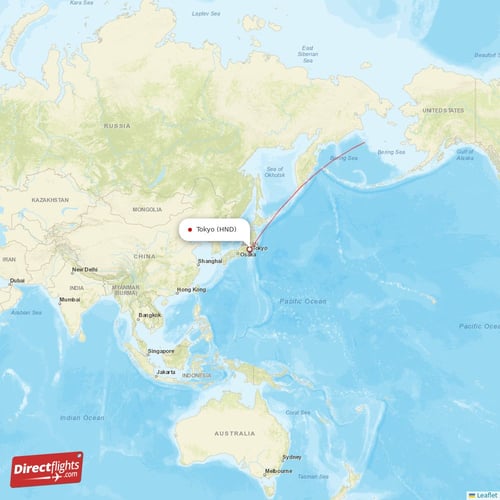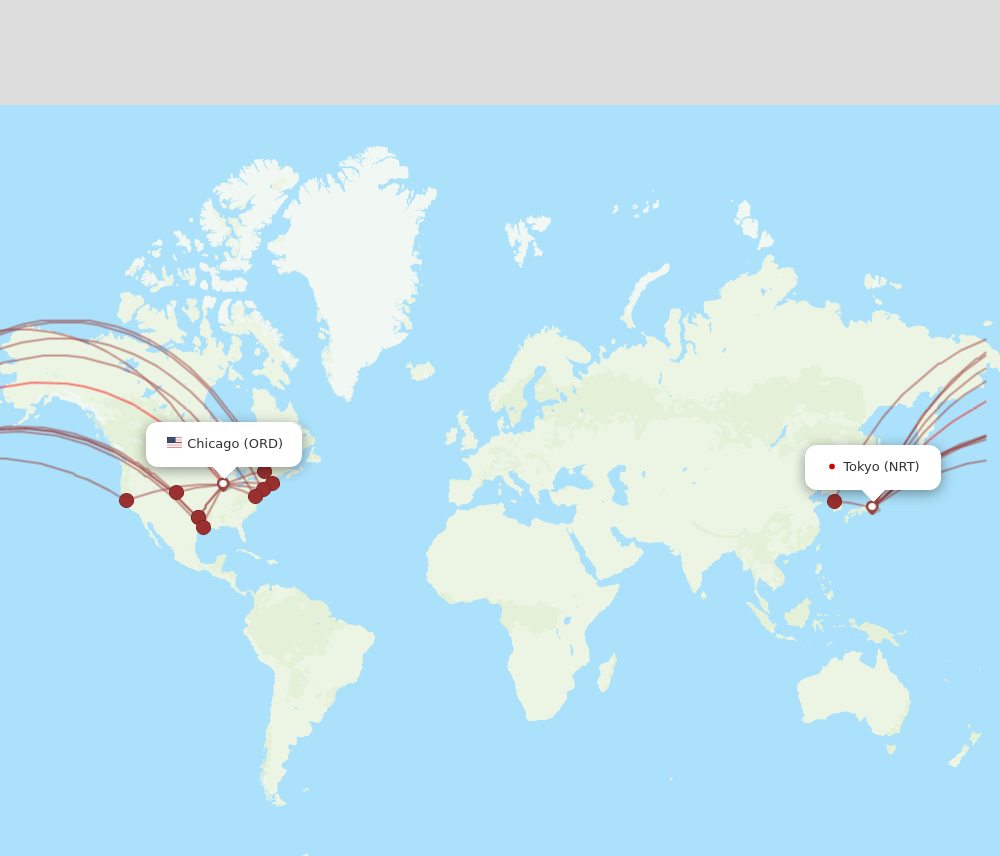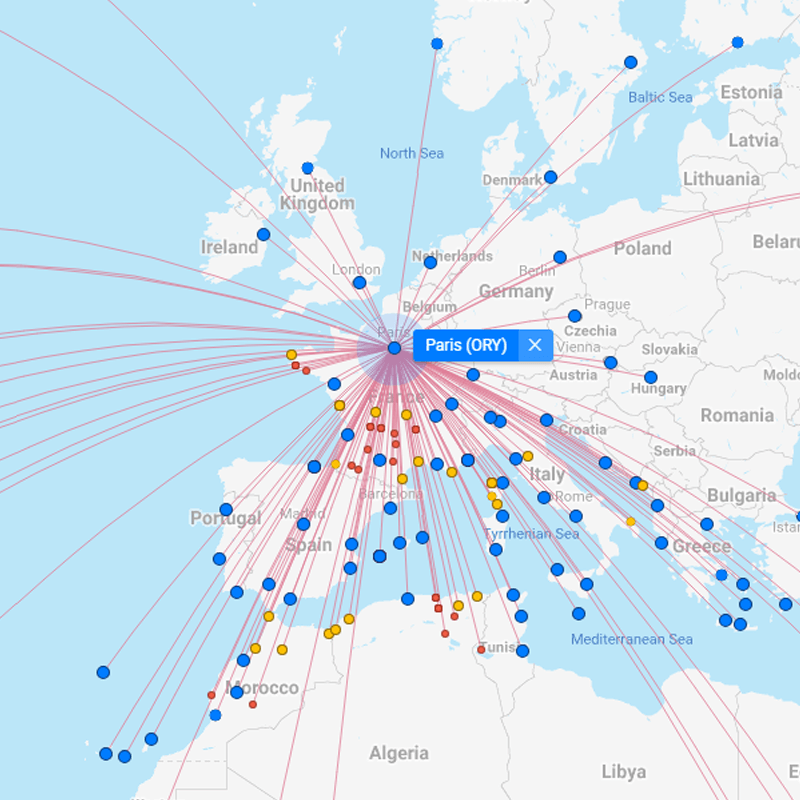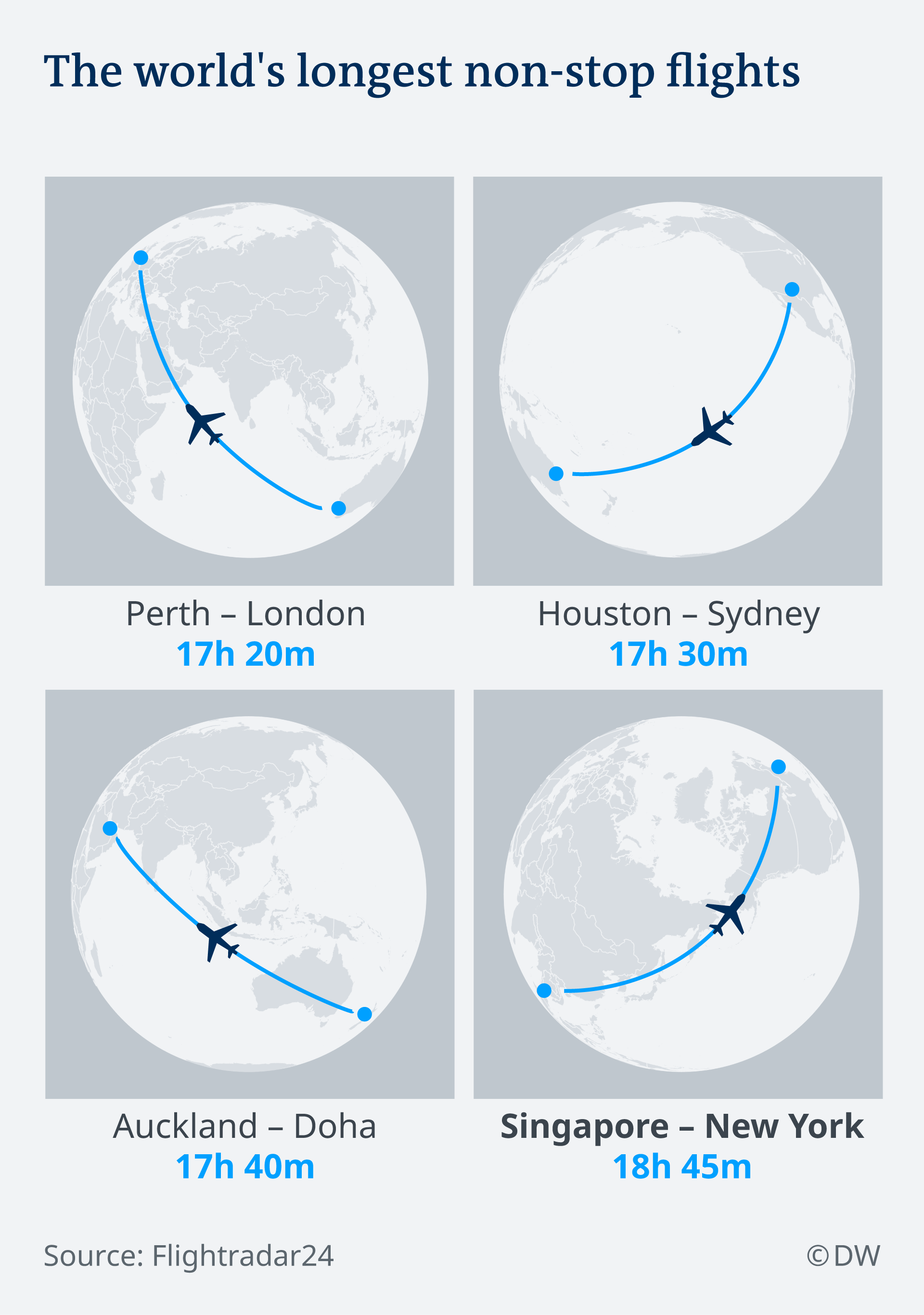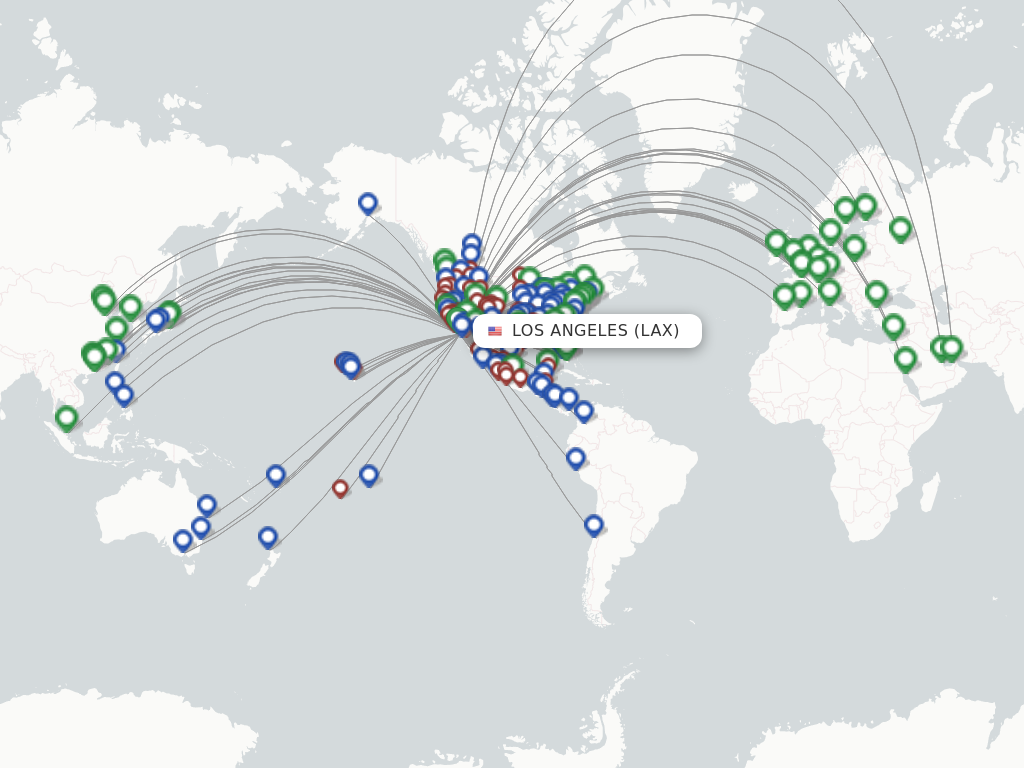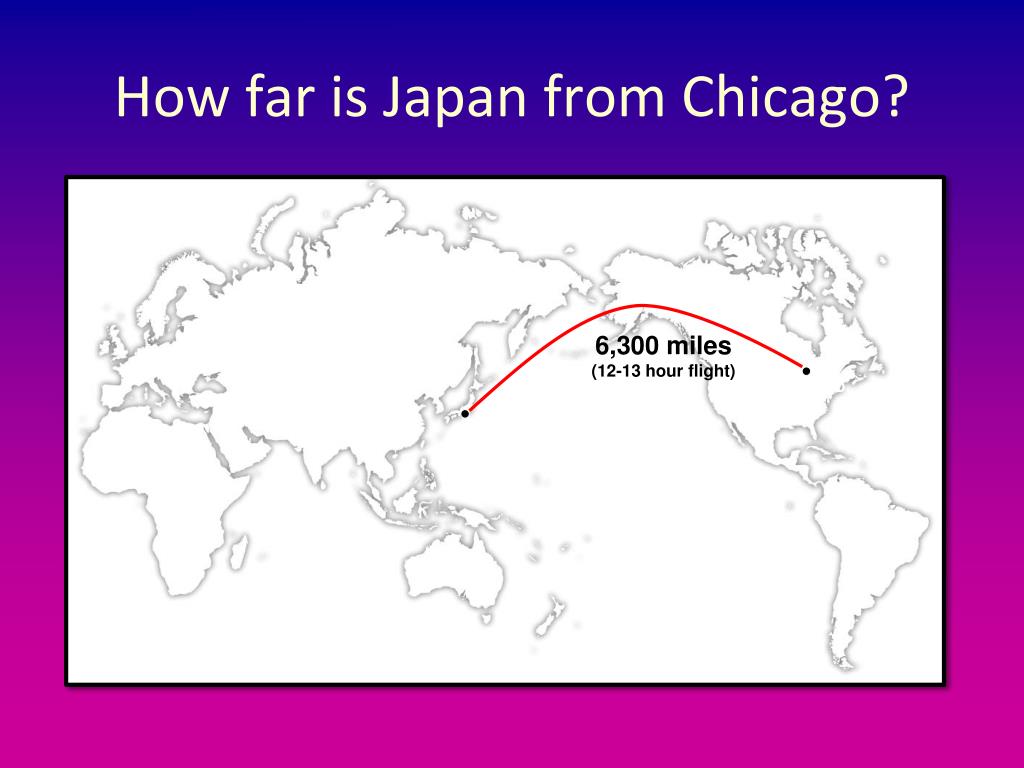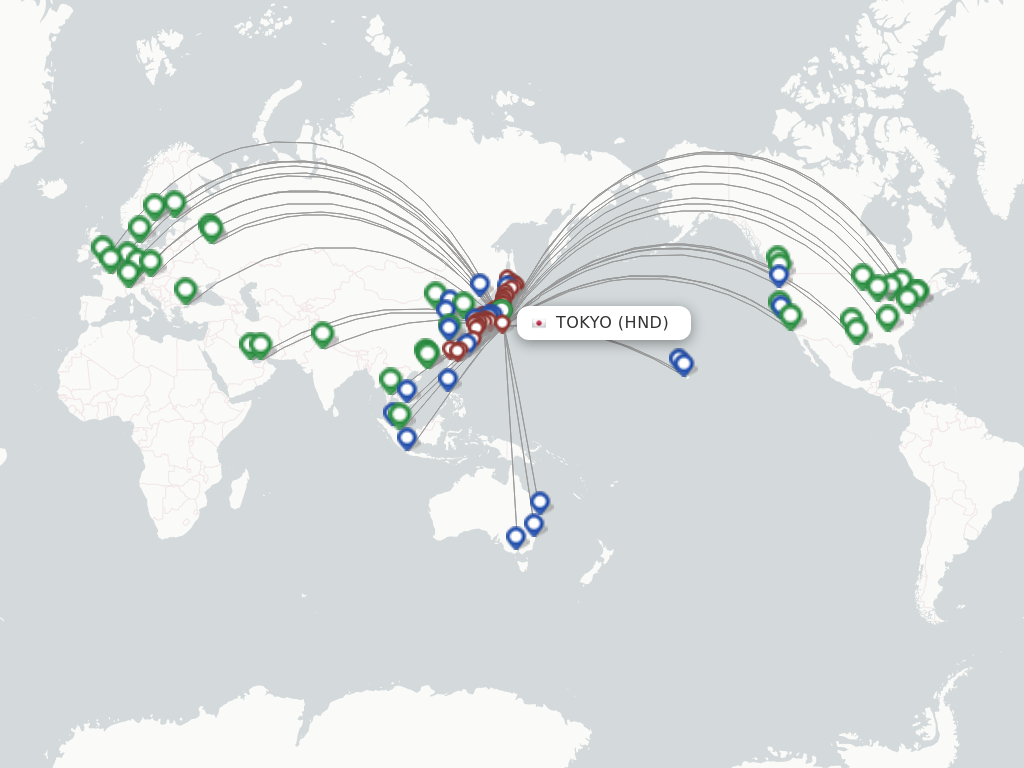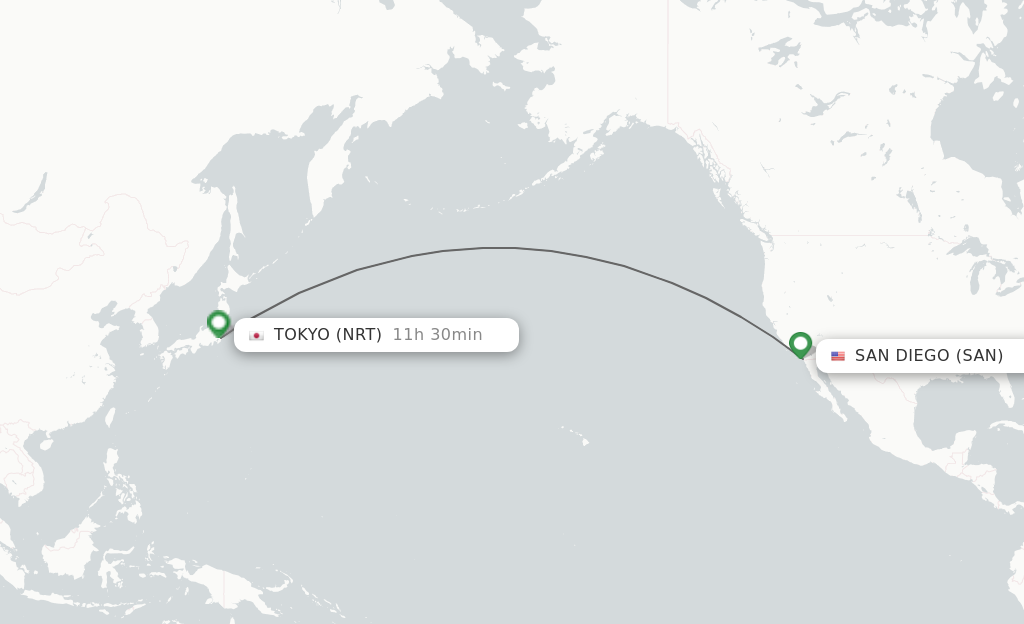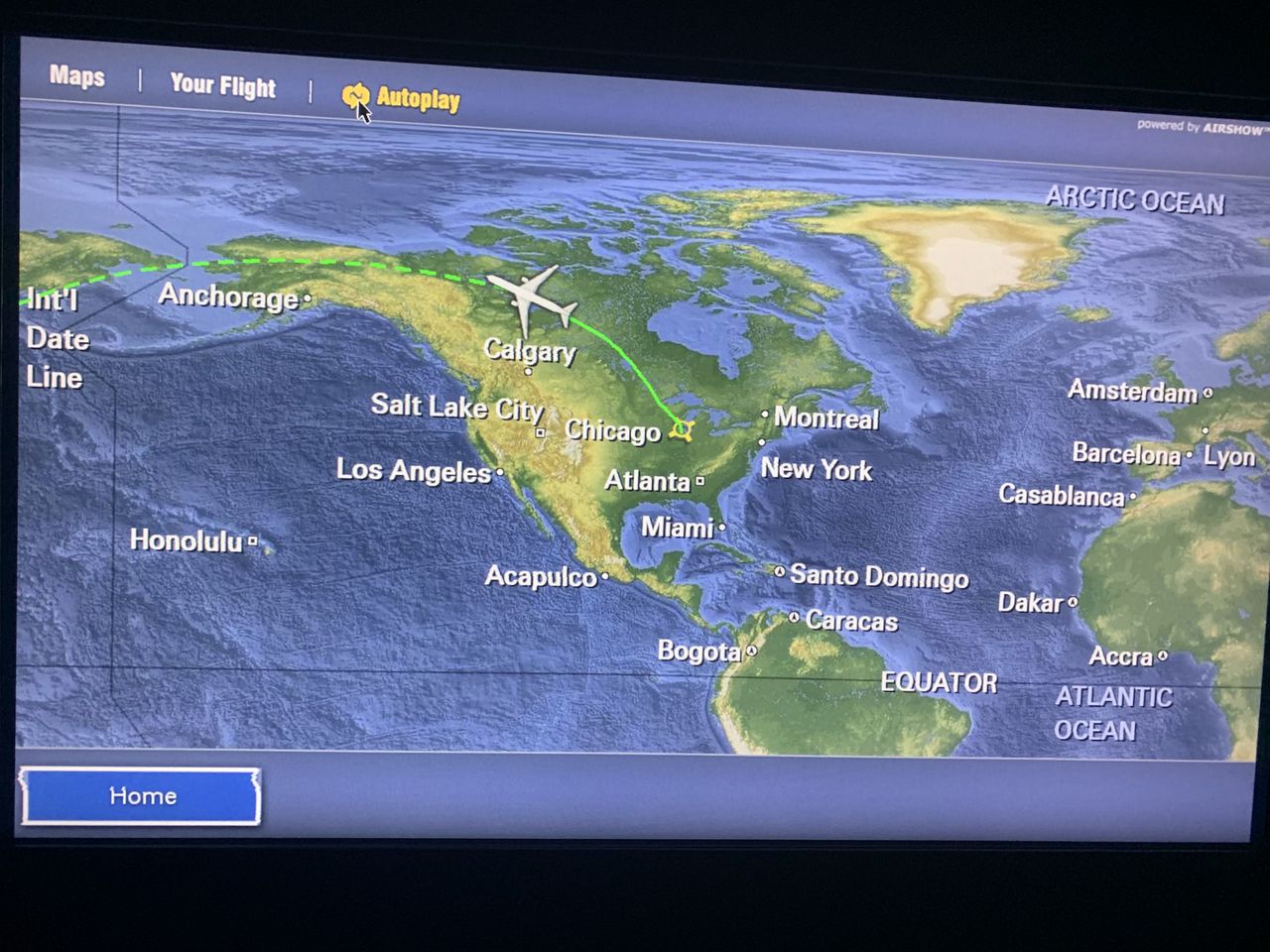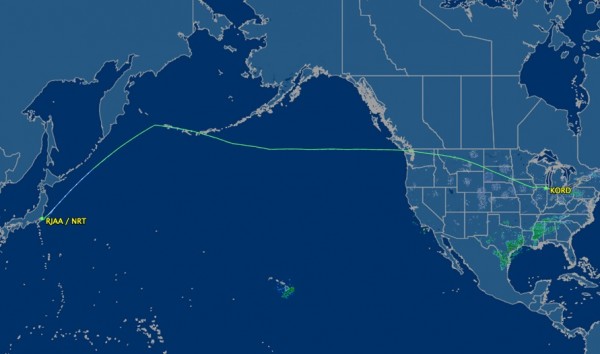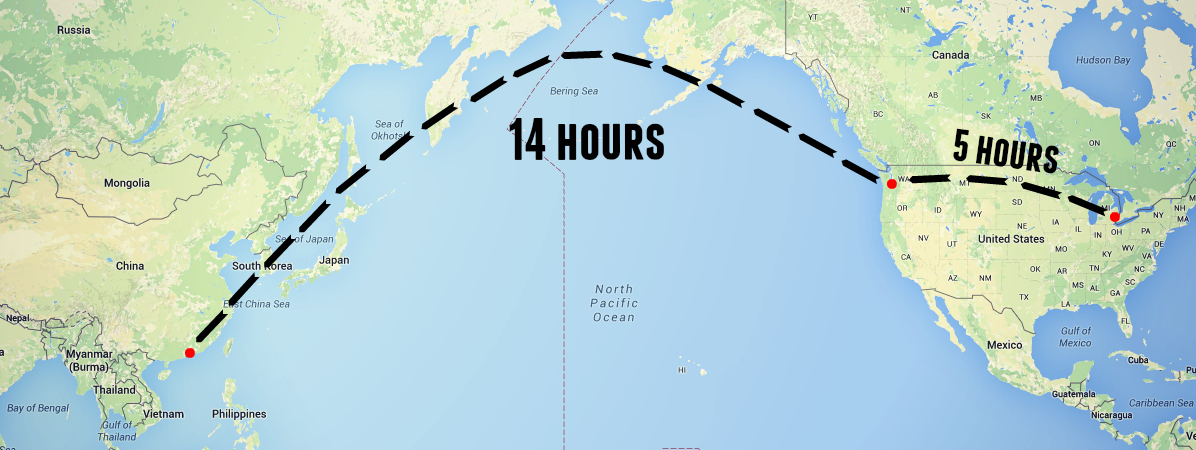Chicago To Tokyo Flight Time Non Stop

Imagine soaring above the vast Pacific, the sun painting the clouds in hues of orange and pink as you leave the Windy City behind. You settle into your seat, knowing that in just under 13 hours, you'll be touching down in the vibrant, neon-lit metropolis of Tokyo. No layovers, no frantic gate changes, just a smooth, uninterrupted journey across the globe.
This dream of a direct Chicago to Tokyo flight is a reality, transforming the travel experience for both business and leisure travelers. It shaves off precious hours, eliminates travel fatigue, and offers a streamlined connection between two major global hubs.
The possibility of a non-stop route between Chicago and Tokyo has been discussed for years. United Airlines was the first to launch a direct flight, a pivotal moment. This initiative has had a ripple effect, spurring discussions about expanding international routes from Chicago's O'Hare International Airport.
O'Hare International Airport (ORD) is a major hub. ORD is crucial for both domestic and international travel. Its strategic location makes it a natural gateway for flights connecting North America with Asia.
The allure of a non-stop flight lies in its efficiency. Previously, travelers had to endure layovers. Layovers could be in cities like San Francisco, Los Angeles, or even other Asian hubs.
According to data from IATA (International Air Transport Association), direct flights contribute to increased passenger satisfaction. Direct flights also boost tourism and economic activity in both departure and arrival cities. This is something to be proud of.
The actual flight time for the Chicago to Tokyo non-stop route typically ranges from 12.5 to 14 hours. This range depends on factors such as wind conditions and the specific aircraft used. Newer, more fuel-efficient aircraft, like the Boeing 787 Dreamliner, have made these long-haul flights more viable and comfortable.
"The introduction of non-stop flights between Chicago and Tokyo marks a significant milestone in connecting these two vibrant cities,"a statement from the Chicago Department of Aviation read.
United Airlines often uses this aircraft type for the route. The Boeing 787 is designed to enhance passenger comfort on long flights. It has features like improved cabin air quality and reduced jet lag.
Beyond the convenience, these non-stop flights foster stronger business ties between Chicago and Tokyo. Companies can send executives and teams for meetings and collaborations with greater ease. This strengthens economic partnerships and promotes international growth.
For leisure travelers, the appeal is equally strong. Imagine waking up in Chicago and enjoying dinner in Tokyo. This opens up a world of possibilities for quick getaways and immersive cultural experiences.
However, these long flights also present challenges. Airlines must carefully manage crew rest and ensure passenger comfort throughout the journey. Attention to detail, from in-flight entertainment to meal service, is paramount.
The success of the Chicago to Tokyo route has spurred conversations about expanding direct flights to other destinations in Asia. Cities like Seoul, Singapore, and Hong Kong are being considered as potential future routes. This could further solidify Chicago's position as a global aviation hub.
As you step off the plane in Tokyo, the energy of the city envelops you. The ease and speed of the journey allows you to focus on the experiences that await. You have arrived refreshed and ready to explore, all thanks to the marvel of modern air travel.
The future of air travel is about connection, not just transportation. This non-stop flight represents a significant step towards a more interconnected world. It's exciting to see this connection between Chicago and Tokyo.
